Vergilius
Field Bee
- Joined
- Aug 24, 2010
- Messages
- 955
- Reaction score
- 6
- Location
- Dorset / East Sussex
- Hive Type
- National
- Number of Hives
- 6ish
Q bumbles have red stripes rather than classic yellow and black.
Ben P
Ben P

sure.Can you explain the 2 hose to 4ft of hose in the coke bottle, is the hose left lying on the ground.
Regards
Liam C
its very similar to the second pic on this websitesure.
you attach the hose to the coke bottle so it acts as a tunnel for the bees to enter. (another poster noted that normal sized garden hose is to small.) this is then buried aswell put some holes in the hose so it doesnt waterlog. so all you will have is the tip of the hose coming out from the ground at a slight downwards angle to avoid water.
ill see if i can find a pic or a website.
What sort of habitat do you have GB? and what are the surroundings? Do you not have the Common Carder Bumblebee B. pascuorum there?
if you can find a mouse nest it acts as a lure for the queens same as brood comb does for our swarms
another way of homing them is an upturned flowerpot buried with a hosepipe as an entrance.
 - just need to tell the sun!
- just need to tell the sun!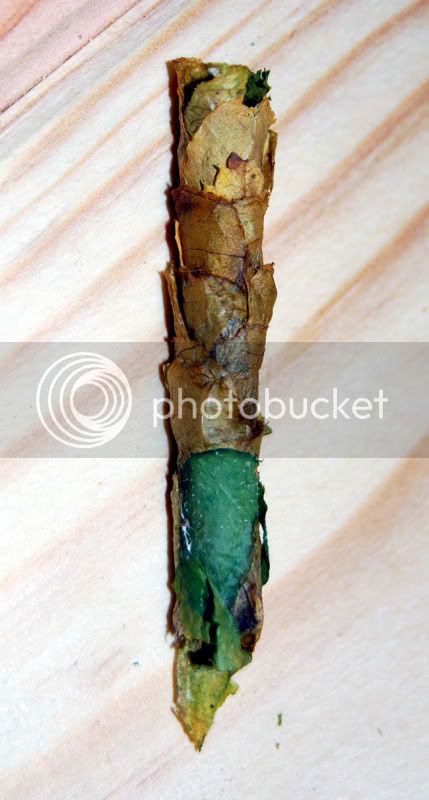
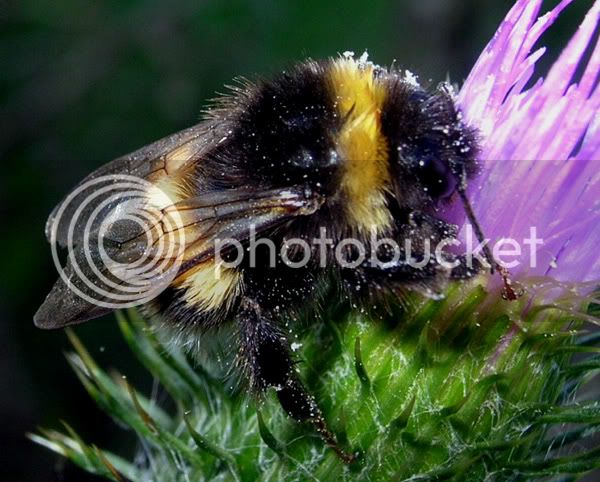
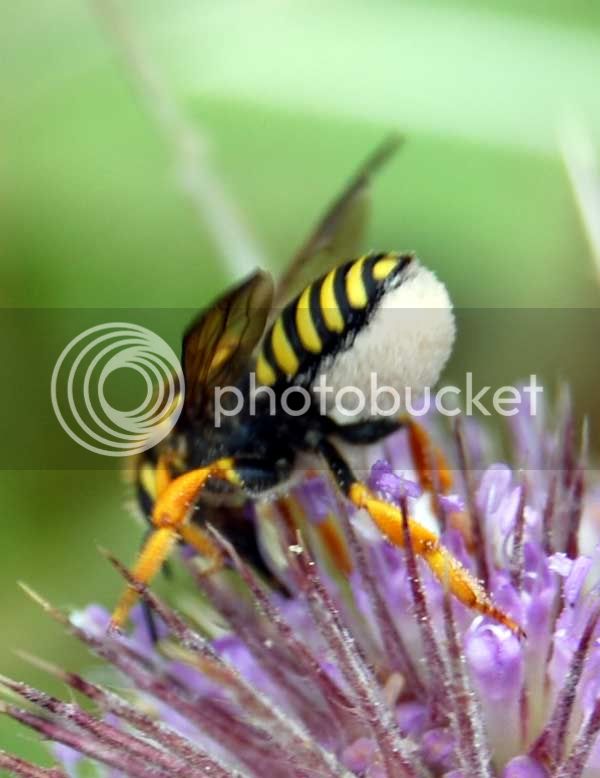
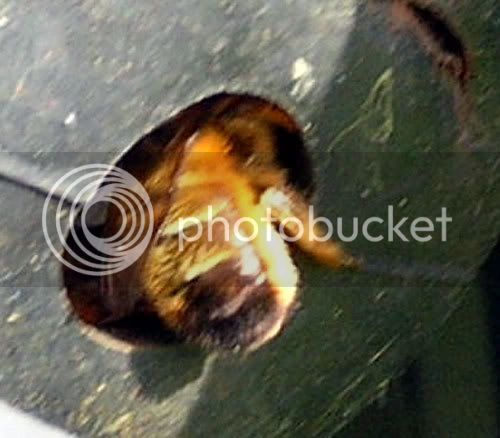
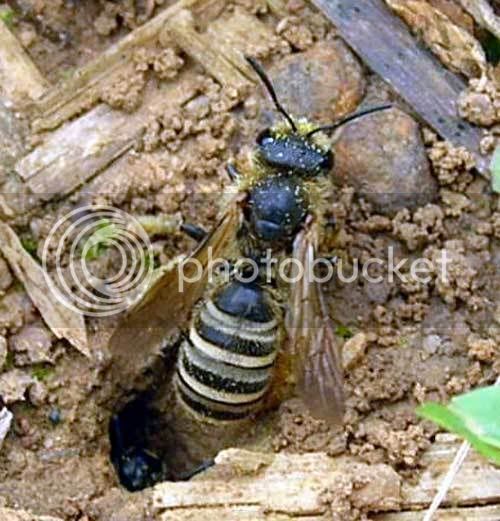
 especially when they chew the rose leaves.
especially when they chew the rose leaves.Ahhh, that is one that isn't always treated with proper respect by fussy gardeners.especially when they chew the rose leaves.
http://www.arkive.org/megachile-leaf-cutter-bee/megachile-centuncularis/photos.html
Chris

Enter your email address to join: